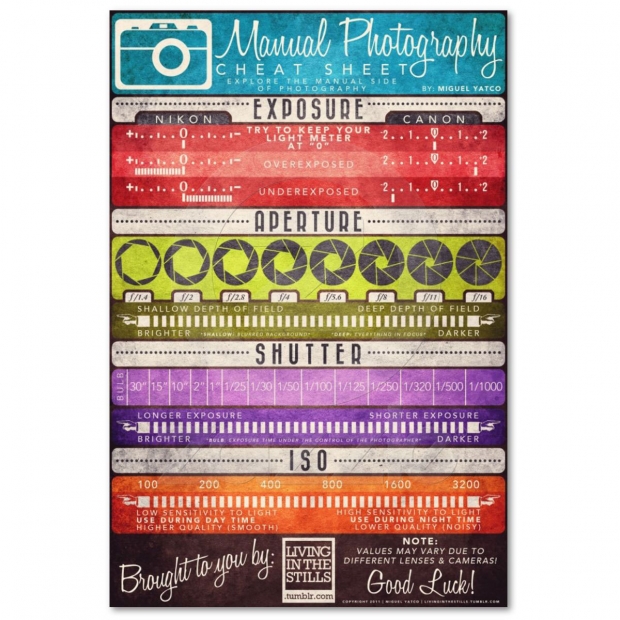Digital Photography Tips For Beginners: Grasping Your Camera In A Snap
Digital Photography Tips For Beginners: Grasping Your Camera In A Snap
Blog Article
Article Developed By-Lindgreen Odgaard
When you first pick up your camera, it can feel frustrating with all the setups and choices available. https://telegra.ph/Figure-Out-Exactly-How-To-Choose-The-Perfect-Camera-Tailored-To-Your-Photography-Style-And-Needs-However-Are-You-Thinking-About--01-08 may find yourself asking yourself how to navigate aperture, shutter speed, and ISO effectively. Understanding these principles is important, yet there's even more to photography than just technical knowledge. Comprehending structure strategies and lights conditions can raise your pictures drastically. So, what happens if you could learn easy methods to enhance your skills and begin capturing remarkable images sooner than you assume? Allow's check out just how to change your digital photography journey.
Understanding Camera Setups
Understanding your electronic camera settings is vital for catching magnificent pictures. When you grab your cam, familiarize on your own with the three primary setups: aperture, shutter speed, and ISO. Each plays a crucial duty in how your pictures end up.
Start with aperture, which controls the quantity of light entering the lens. https://www.adorama.com/alc/what-are-the-different-types-of-film-cameras (reduced f-number) allows more light and creates an attractive history blur, ideal for pictures. Alternatively, a narrower aperture (higher f-number) keeps even more of the scene in focus, suitable for landscapes.
Next off, focus on shutter rate. This setup determines how long your video camera's sensor is exposed to light. A rapid shutter rate ices up motion, which is great for activity shots, while a sluggish shutter rate can develop sensational impacts like smooth water in landscapes.
Finally, readjust your ISO. This setup impacts your video camera's level of sensitivity to light. A higher ISO is useful in low-light scenarios yet can present noise or grain. Aim for the lowest ISO feasible while still accomplishing correct exposure.
Structure Methods
When you're out shooting, structure can make all the difference in just how your photos resonate with audiences. Begin by utilizing the regulation of thirds; visualize your frame separated right into 9 equal sections with 2 straight and two vertical lines. Position crucial elements along these lines or at their junctions to produce equilibrium and rate of interest.
Next, think about leading Corporate Headshots near me . These all-natural lines in your scene, like roadways or rivers, draw the customer's eye right into the picture, assisting them with the story you're telling.
Do not forget about mounting; use elements within your scene, like trees or home windows, to produce a frame around your subject, including deepness and emphasis.
Likewise, watch on your background. A messy background can sidetrack from your main topic, while a simple one helps it stand out.
Lastly, experiment with balance and patterns; they can create a striking photo that captures interest.
Learning Illumination Conditions
Understanding lighting conditions is important for catching sensational photos, as the appropriate light can transform an average scene into something remarkable.
Beginning by observing all-natural light at different times of the day. Early mornings and late afternoons offer the best light, known as the gold hour. The soft, warm tones throughout these times can enhance your pictures magnificently.
Don't avoid overcast days either; diffused light can lessen extreme shadows and develop a pleasing impact, particularly for pictures.
Experiment with backlighting by placing your topic versus the light. This method can create a dreamy halo result and include depth to your images.
Take notice of your camera setups too. Change the ISO, aperture, and shutter speed to suit the lighting conditions. A higher ISO can aid in low light, but be cautious of grain.
Use a tripod in darker atmospheres to stay clear of blur.
Last but not least, do not fail to remember artificial lighting. Flash and continuous lights can be terrific devices for controlling light in difficult conditions.
Conclusion
In conclusion, mastering your video camera doesn't need to be frustrating. By understanding your setups, applying composition strategies, and taking advantage of the power of natural light, you'll swiftly elevate your photography abilities. Remember, exercise makes excellent, so get out there and trying out your newfound knowledge. With time and dedication, you'll be capturing stunning pictures that mirror your special perspective. Appreciate the journey, and do not fail to remember to have fun while you go to it!
